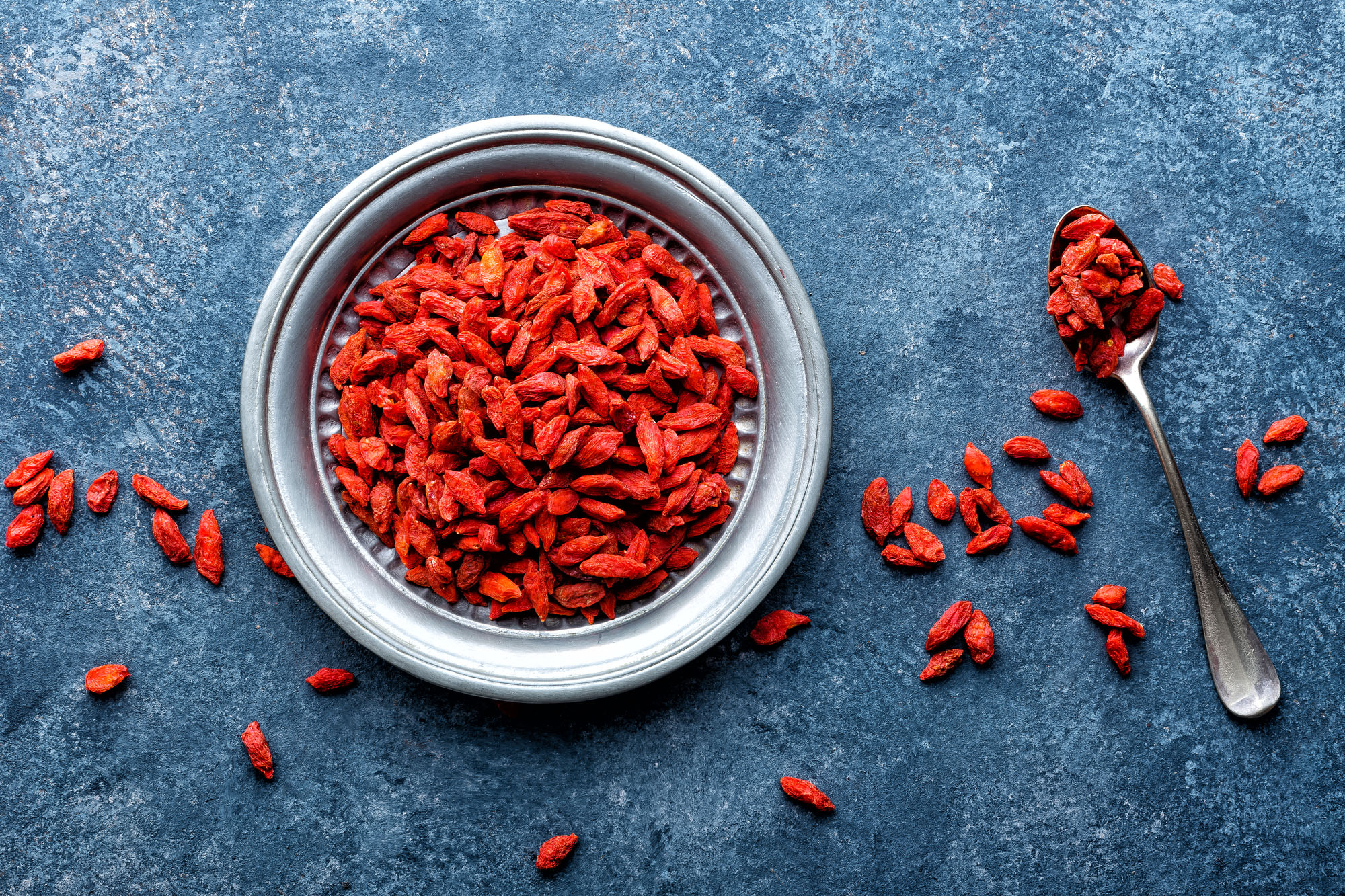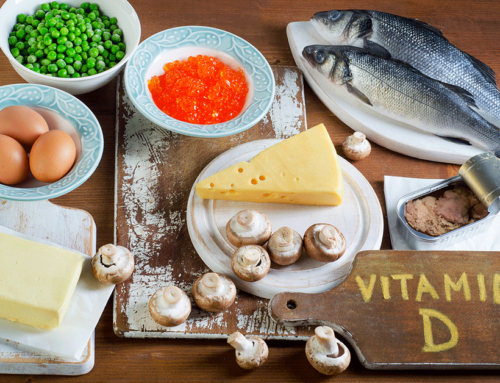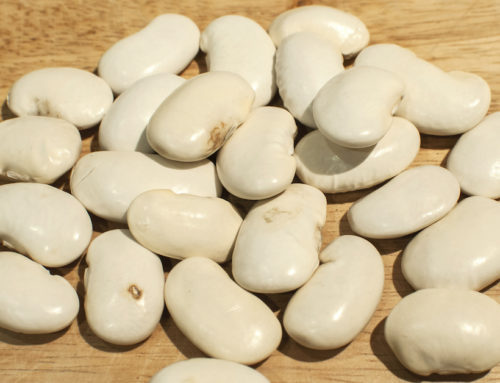By now you know fruits and vegetables are essential if you want to maintain a healthy brain and reduce your risk of Alzheimer’s disease and other types of dementia…
However, not all fruits and vegetables are created equal when it comes to their brain benefits…
At first glance, goji berries, also known as wolfberries, might seem like just more “superfood” hype. But they’re actually a legitimate brain food that contains a powerful phytochemical not found in any other fruit.
Read on to discover how this little red berry can help prevent neurodegenerative diseases and keep you thinking clearly and quickly for years to come…
A Rich Banquet of Brain-Loving Nutrients
Goji berries (Lycium barbarum) have been used in Traditional Chinese Medicine (TCM) for more than 3,000 years to treat a variety of conditions and illnesses from depression to digestion.
Goji berries are a rich source of:
- protein
- Vitamins A, C, B2
- Selenium
- Potassium
- Iron
- 18 amino acids (11 of these are essential amino acids, meaning the body cannot make them on its own)
- alpha-linolenic acid, linoleic acid
- Beta-carotene
- Zeaxanthin
- Lycopene
- Cryptoxanthin
- Lutein
- Polysaccharides1
All these vitamins and minerals are important to overall brain health. They reduce inflammation and destroy free radicals, to name just two major benefits. But I would say the polysaccharides are the most interesting.
Goji Berry Polysaccharides Can Protect Against Alzheimer’s Disease
The vitamins, minerals and amino acids are secondary to Lycium barbarum polysaccharides (called LBPs), the active phytochemical in goji berries that’s believed to produce their unique benefits. Polysaccharides are molecular compounds consisting of carbohydrates bonded with glucose.
Among the berries’ many qualities, a study published in the December 2014 issue of the journal Drug Design, Development and Therapy singled out the ability of LBPs to protect neurons from damage caused by beta-amyloid plaques and glutamate excitotoxicity.2
Researchers conducted animal studies that found LBPs can reduce the symptoms of Alzheimer’s disease and regenerate neurons in the hippocampus, thereby improving learning and memory. What works for mice doesn’t always work for humans, but this finding looks very promising.
Another study, this one published in the journal Brain Research, found that pretreating neurons with an alkaline extract of LBPs significantly reduced neuron death caused by beta-amyloid plaques.3
The antioxidant properties of LBPs can also help prevent damage and cell death caused by inflammation.4
Helps Combat a Major Marker of Aging
Yet another study shows that, in addition to preventing neuron damage from beta-amyloid plaques, LBPs can protect cortical neurons from the damage caused by homocysteine-induced toxicity.
Homocysteine is a non-protein amino acid that, in high levels, can cause inflammation and damage to the blood vessels. This increases the chance of stroke and blood clots. In fact, high levels of homocysteine are recognized as an important marker of aging and bad health.
Elevated levels of plasma homocysteine have been shown to increase the risk of developing Alzheimer’s disease. Too much homocysteine in the blood kills healthy cells, causes DNA to fragment and causes tau tangles to form and clump onto neurons.
The animals treated with LBPs had significantly less neuron death and fewer tau tangles, prompting the scientists to conclude that LBPs have “the potential to be a disease-modifying agent for the prevention of Alzheimer’s disease.”5
Polysaccharides Protect Against Strokes
The neuroprotective properties of LBPs also help to reduce the risk of stroke as well as mitigate the damage done by strokes and reperfusion injury.
When oxygen-rich blood returns to tissue after a blockage, the sudden rush after a period of starvation can cause inflammation and damage. This is known as reperfusion.
However, researchers discovered that treating hippocampal neurons with LBP after a period of oxygen and glucose deprivation reduced the damage compared to untreated control groups.6
Eating, Drinking and Buying Goji Berries
Goji berries are available all over the place these days, from specialty stores to online shops to big box retailers. Fresh berries are rare; they are almost always available dried or in juice form.
Goji berry juice can be enjoyed straight or blended with other antioxidant-rich fruit juices like blueberry and pomegranate. You can eat dried berries by themselves as a snack or mixed with other dried fruits and nuts for a DIY trail mix.
Like other fruits and vegetables, when buying goji berries choose organic whenever possible.
- Goji berry benefits: Antioxidant & anti-inflammatory superfruit.
- An evidence-based update on the pharmacological activities and possible molecular targets of Lycium barbarum polysaccharides.
- Characterizing the neuroprotective effects of alkaline extract of Lycium barbarum on β-amyloid peptide neurotoxicity.
- Lycium barbarum polysaccharides prevent memory and neurogenesis impairments in scopolamine-treated rats.
- Neuroprotective effects of polysaccharides from wolfberry, the fruits of Lycium barbarum, against homocysteine-induced toxicity in rat cortical neurons.
- Protective effects of Lycium barbarum polysaccharide on neonatal rat primary cultured hippocampal neurons injured by oxygen-glucose deprivation and reperfusion.







